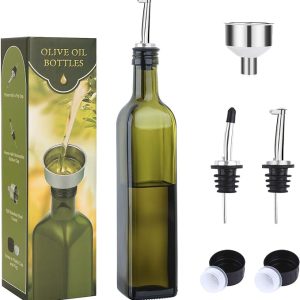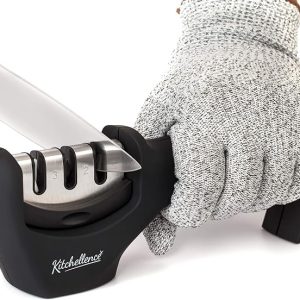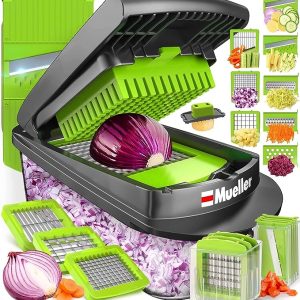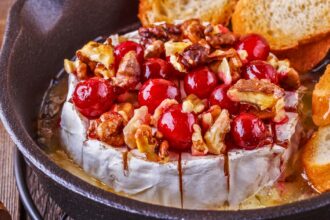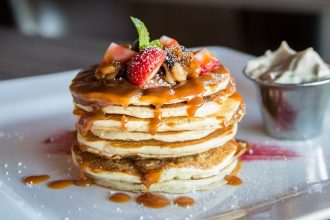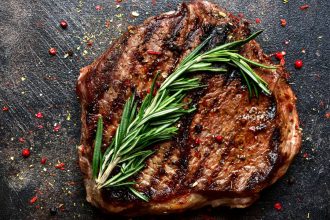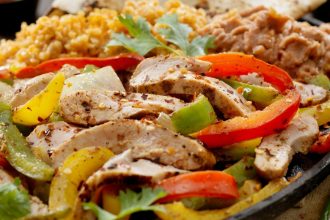- Prep Time: 10 min.
- Cook Time: 6 min.
- Yield: 1-2 servings

This omelette-hybrid recipe combines the elegance of the classic French omelette, which I finally somewhat perfected, with the more banal, overstuffed American cousin.
The former is light, fluffy, delicately seasoned, rolled, and pristine in its outer appearance. The latter is denser, stuffed to one’s heart’s content, flipped into a half-moon, and may be mottled with a browned egg on the outside without any consequence.
Another distinction is that the French don’t eat or serve omelettes for breakfast, only for dinner or a late, after-theatre supper.
Agatha Christie fans will have fond memories of Inspector Hercule Poirot devouring late-evening omelettes in Paris bistros while ruminating over the latest murder mystery!
There are a few keys to making this light,fluffy omelette. Firstly, the eggs must be whisked to perfect homogeneity. There should be no separation of yolks and whites.
Next, the eggs must be constantly cajoled with a fork, never a whisk, while they cook, then slid around the omelette and plated once the bottom has solidified.
An omelet must be soft in the middle, pillowy to the touch, and have bounce. And the quality of the eggs makes all the difference.
Pasture-raised hens, as have been the norm across much of Europe and are now emerging in popularity and availability in America, produce the richest-tasting, most vividly orange egg yolks.
In the most classic version of Omelette Aux Herbes Fines (delicate herbs), nothing more than pinches of parsley, chervil, chives, and (sometimes) tarragon are utilized, in addition to the salt.
No milk, no cheese, no nothing. In this recipe, a bit of milk is used, as well as generous (but not abundant) amounts of Gruyere cheese and sautéed chanterelle mushrooms.
Both of these are premium ingredients that impart immense flavor without using excessive volume. Subtlety is key here.
Choose a good-quality, heavy, nonstick sauté pan, preferably ceramic-lined, to get the eggs hot enough that they cook on contact, forming a skin and pulling off the surface, but not so hot that they brown.
A French omelet is a creamy yellow with a wet scramble on the inside and without the slightest suggestion of the eggs browning on the outside.
That part, I still have to work on. The American omelette gets closer to a Spanish frittata, which is denser and may or may not be well mottled with browned spots.
Ingredients
- 2 tablespoons unsalted butter
- 1 small shallot, minced
- 1/4-pound Chanterelle mushrooms, chopped
- 3 large pasture-raised eggs
- 1 tablespoon of milk
- pinch of sea salt
- pinch of white pepper
- 6 fresh chive leaves, minced
- 4 fresh tarragon leaves, chopped
- 1 scallion, chopped
- 3 ounces Gruyere cheese, shredded
Instructions

- In a small mixing bowl, beat the eggs until they are completely homogeneous. Blend in the milk. Season with salt and pepper.
- In a 10-inch sauté pan, melt the butter over medium-high heat. Sauté the shallot and chanterelle mushrooms until soft, about 1 minute.
- When the butter is frothy and lightly sizzling, add the eggs. Immediately stir the eggs with the bottom of the fork, tines up.
- Stir constantly while jostling the pan with your free hand to ensure even cooking. Don’t break up the bottom layer of the eggs in contact with the pan. A ‘skin’ should form.
- While the top of the omelette is still slightly’scramble-like’ and wet,add half of the chives, half of the tarragon, the scallion, and the Gruyere, spreading evenly across half of the omelette.
- Tilt the pan toward you, and using the fork tines, pull the omelette’skin’ away from the pan, and fold the omelette in half so that the fillings are now sandwiched between.
- Slide the omelette off the pan and onto a serving plate, sprinkle with the remaining half of the herbs, and serve! This dish makes a perfect portion size for dinner for one or a light anytime meal for two to share.


